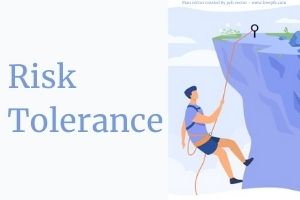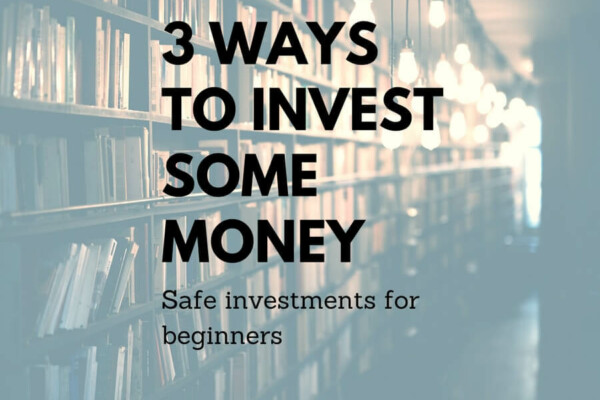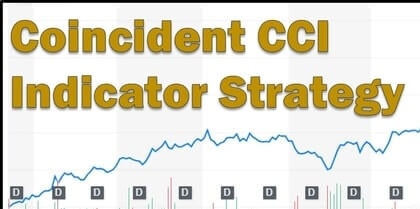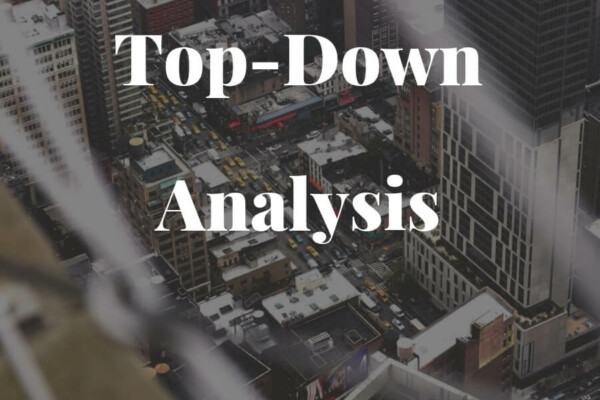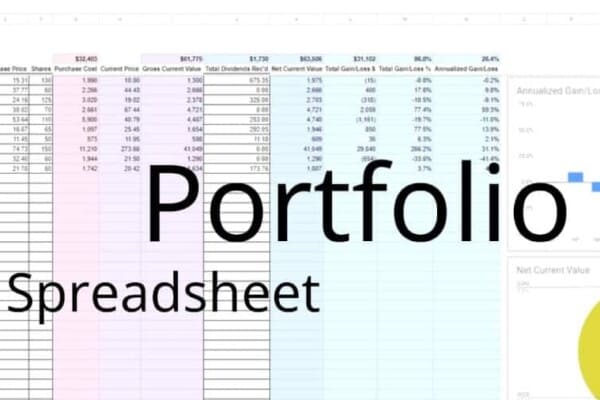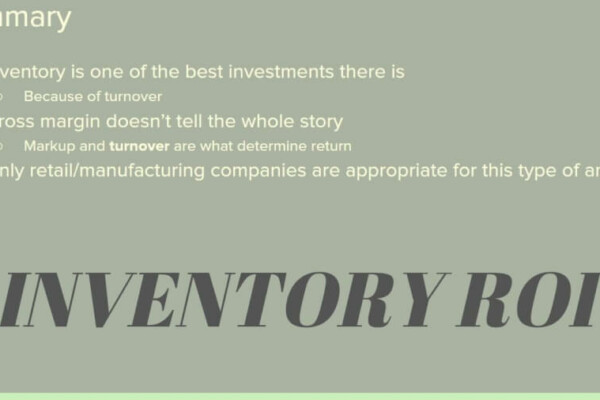Risk tolerance, in investing, is a measurement of an investor’s resilience in the face of adverse events. Over a long enough timeline, an investor will be tested at least once. The riskier the investment, the more often, and more severe, they may be tested. Planning for and understanding how you will react in the face of negative feedback will help you to be proactive and come out of the other end stronger.
The risk tolerance of investors
Risk tolerance, in investing, describes how capable you are of surviving a potential investment loss. Knowing your level of tolerance is essential in making wise investment decisions.
What is risk tolerance in investing and why is it important?
Knowing how much loss you can stand without breaking is an important part of smart investing. Risk tolerance is not limited to how much losses will affect you financially. It also covers your ability to move forward with psychological and mental clarity even in the face of investment losses.
An accurate assessment of your risk tolerance is essential if you want to make wise decisions because your level of risk tolerance will drive your investment behavior. If your risk tolerance is high, you won’t have any problem taking big risks in investments. If your risk tolerance is low, you might make overly conservative investments and sacrifice potential returns.
Factors that affect your risk tolerance
Risk tolerance is determined by a mix of factors. These include your current goals, your timeline, your life stage at the time of investment, the size of your portfolio, and your personal preferences.
Your risk tolerance is affected by your current life goals. If you are financially comfortable but also want to prepare for the future you may want to make low-risk but sure investments. How old you are matters too. Someone older might be warier of risks unless he or she has the portfolio size that can take on more risk.
The timeline of your investments is also an important factor. If you need to see returns right away you might be more inclined to make investments that carry a bit more risk. Some people are more risk-averse than others, regardless of other external factors. For example, you can have a sizable portfolio with a significant cushion, but still, only be comfortable with low-risk investments.
If you are planning to invest, get an accurate assessment of your risk tolerance first. Neglecting to consider risk tolerance can make you vulnerable to pitfalls that will further compromise your investments. For example, it is not uncommon for new investors to panic and sell low the moment their stocks start dropping because they didn’t anticipate how they would react if this scenario happened. The same knowledge also helps you accept wiser risks so you can make your target goals. Knowing how risk tolerant you are can help you grab investment opportunities while they’re hot, instead of losing out.
You need an accurate assessment of your risk tolerance if you want to invest wisely. Doing so can help you visualize worst-case scenarios so you can take the right steps moving forward.
Evaluating an investor’s risk tolerance
An investor’s time frame, age and life expectancy, current financial status, and the type of people they invest in, can help to determine their risk tolerance.
Risk tolerance is the ability to endure risk. Specifically, what you can stomach losing while investing.
There is a probability for every outcome when investing. Even the extreme ones.
What are you willing to lose as an investor? What are the odds you may not make the gains you intended? How would you react if you suffered a major loss?
These are some of the questions in investors’ minds as they assess how much of a hit they can take in case things go south. Most stock investors are (generally) risk-takers. Some more than others. Fortunately, there are ways for investors to evaluate their risk tolerance.
The first way to evaluate your risk tolerance is to think about the time frame of your investments. The amount of time and resources you’re willing to commit to your investments is an important matter. Are you willing to swallow any setbacks and fight another day? How often and for how long? After all, no risk no return!
The age of the investor and their life expectancy cannot be overlooked. Considering the work you put into investing, you want to be sure that you reap some of the benefits!
Secondly, smart investors ask themselves what they would do if one investment tanked completely. Would they be able to bounce back financially and emotionally? Investors who channel most of their funds into a single investment should think of the risk. Naturally, an investor with a more diversified portfolio is more conservative and an investor with the “eggs in fewer baskets” is more aggressive.
Finally, think about the history of the particular investment. How has it behaved at its most volatile? Also, what are the prospects for its industry? How about the reputation of the company and its executives?
An investor with high-risk tolerance is more likely to invest in those with less-than-sterling reputations. A low-risk tolerance investor is more likely to ignore such opportunities. Even if it means passing on potentially exceptional returns.
Types of risk tolerance
Risk tolerance falls into 3 broad categories: aggressive, moderate, and conservative. In reality, risk tolerance operates on a spectrum and every investor falls somewhere between the different categories.
Aggressive
Aggressive investors are usually well-versed in investing and business. Otherwise, they won’t be investors for long.
This allows them to dabble in riskier stocks and more exotic assets. They may, for example, embrace the risk of buying penny stocks, which can quickly lose value. They like asset classes like equities, options, futures, and crypto which can have rapid and severe price changes. Because of the degree of risk they take, they benefit from higher gains when things go their way. Conversely, they can suffer significant losses when the market is performing poorly.
Conservative
Conservative investors are the ones who take the least amount of risk in the market. Maybe because they have a lot to learn. Or, maybe because they are wise…
They tend to avoid needlessly risky assets in favor of ones they believe are safe. They place a high value on peace of mind. Bonds, funds, and dividend aristocrats are the types of asset classes that conservative investors favor. Usually, they won’t experience extraordinary gains. Rather, their wealth is built slowly and steadily over several decades.
Moderate
Moderate investors, as you might imagine, are somewhere in between. They generally won’t get involved with any investment they don’t (mostly) understand. However, sometimes they feel like they know something the market doesn’t. Or, they’re just scared of missing out (FOMO).
A moderate investor knows that an overly conservative risk tolerance leaves returns on the table. On the other hand, they also know that they are counting on their portfolio in the future, so they don’t want to be too fast and loose with their investment decisions. They’ll typically avoid investments that barely keep up with (or beat) inflation. But, they’ll stick with lower volatility stocks and funds. They want to ride the rising tide but don’t need to hit a home run with every at-bat.
High-risk investing VS low-risk investing
A high-risk investment is one where there is a high probability of a negative return or a catastrophic loss. In contrast to a high-risk investment, a low-risk investment is where your principle is very likely to stay intact. Neither approach is necessarily right or wrong. It’s simply a matter of the investor’s education (formal or informal) and their stomach for the ups and downs.

